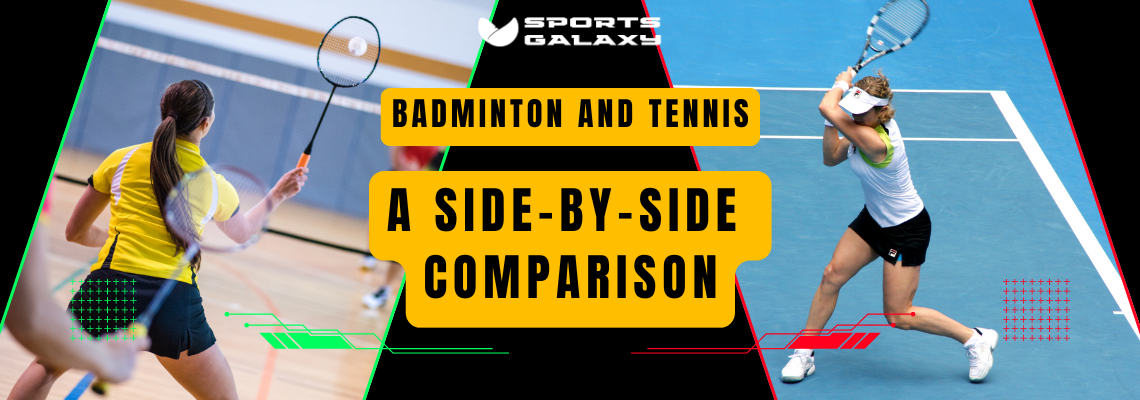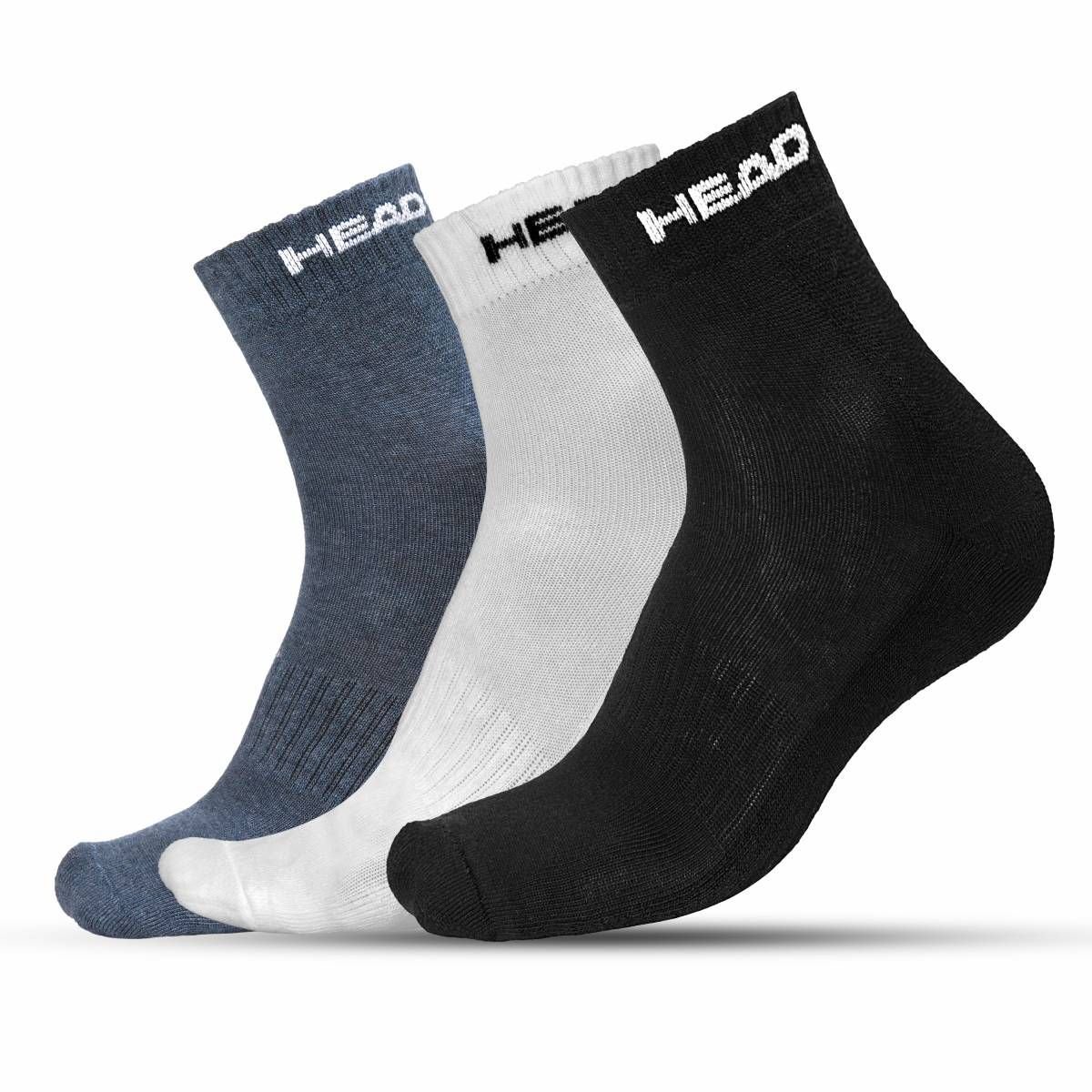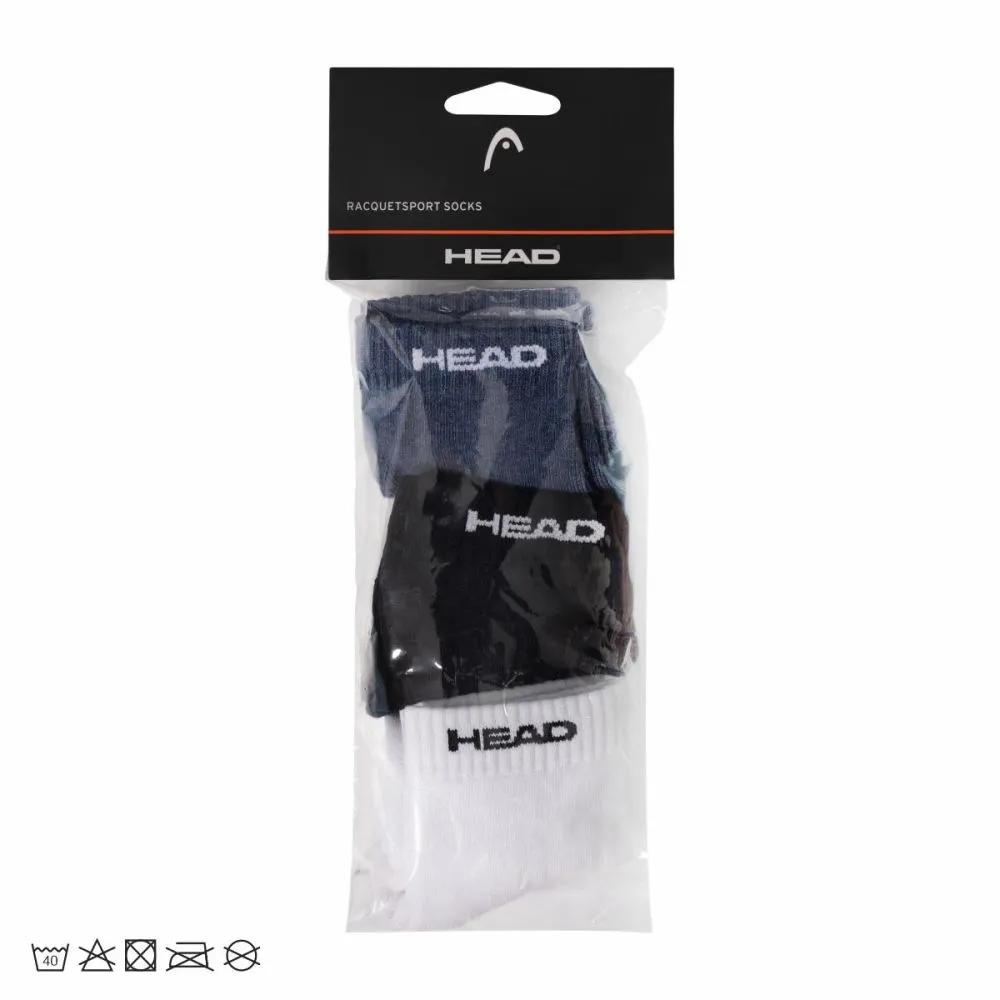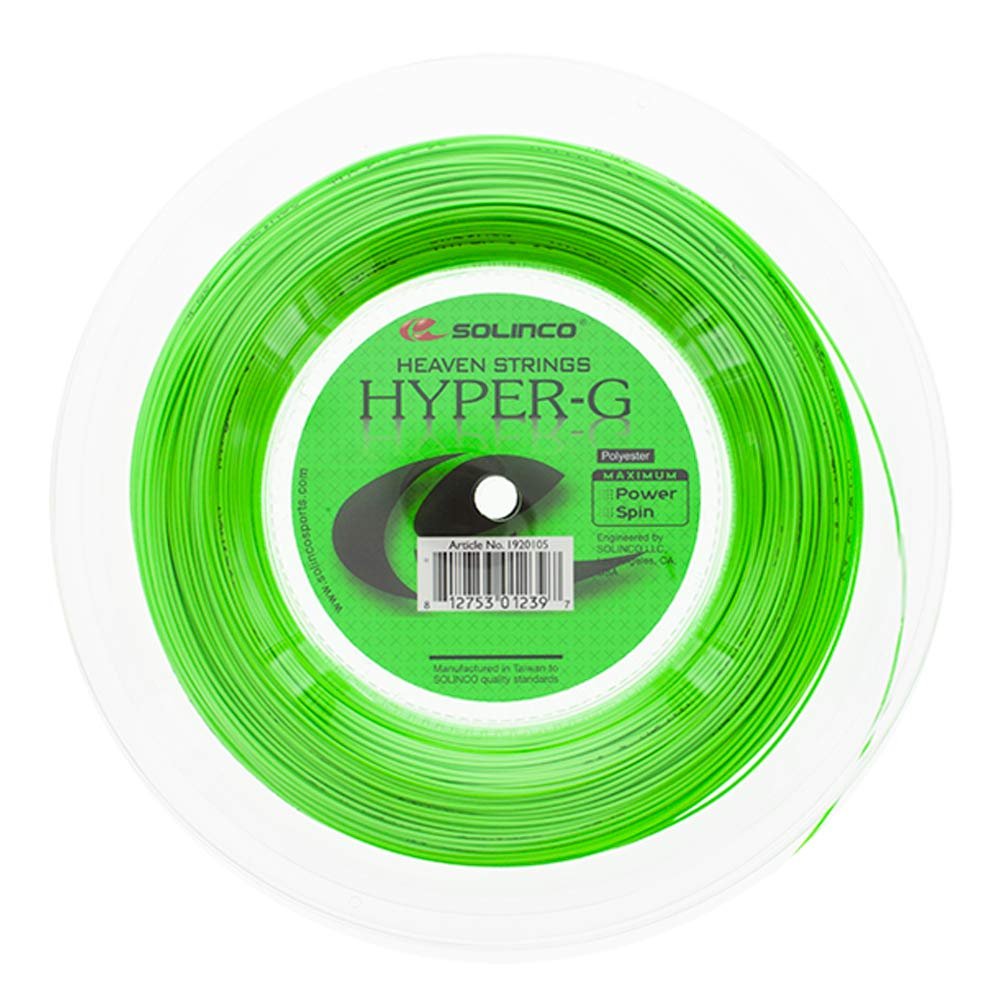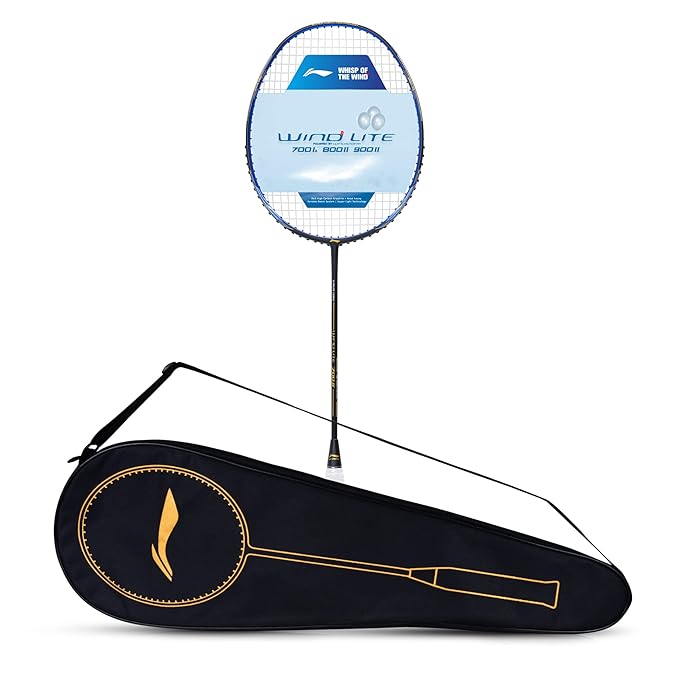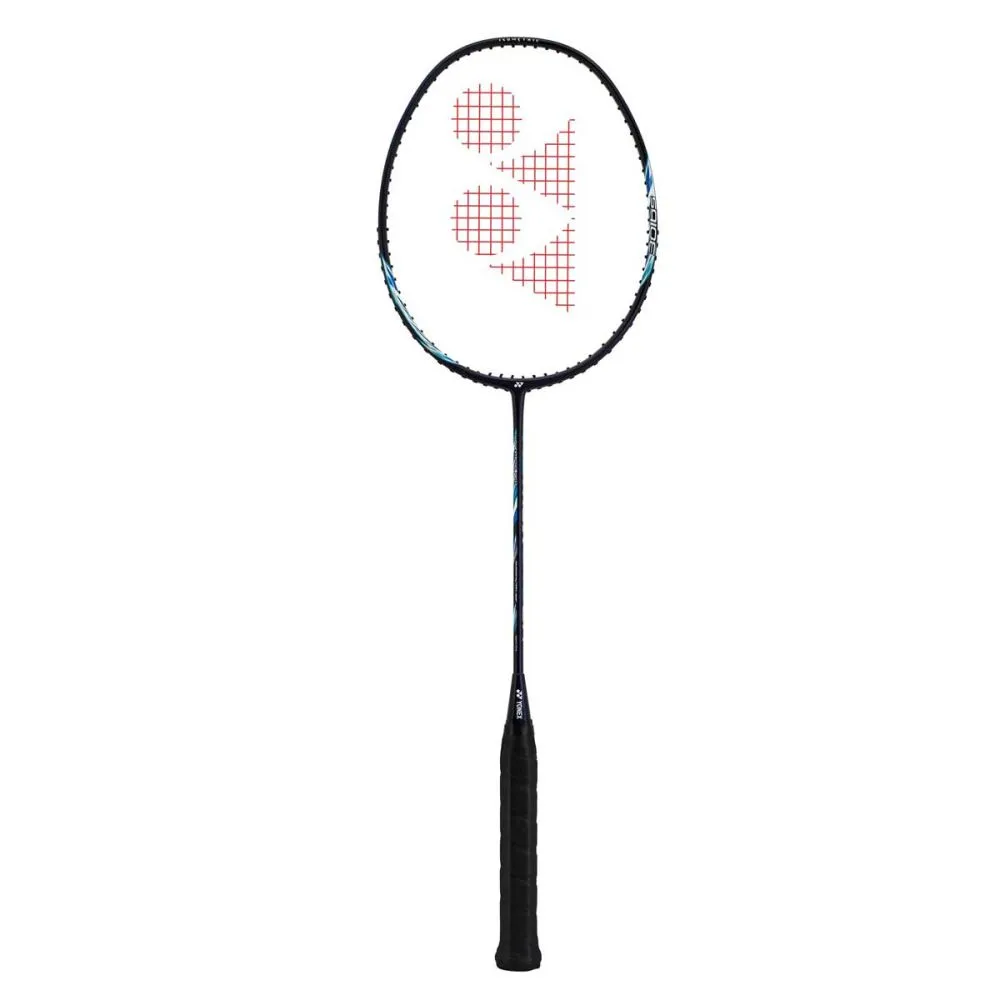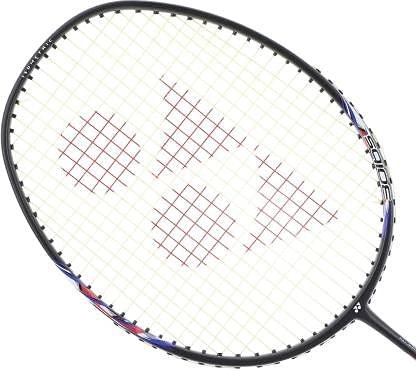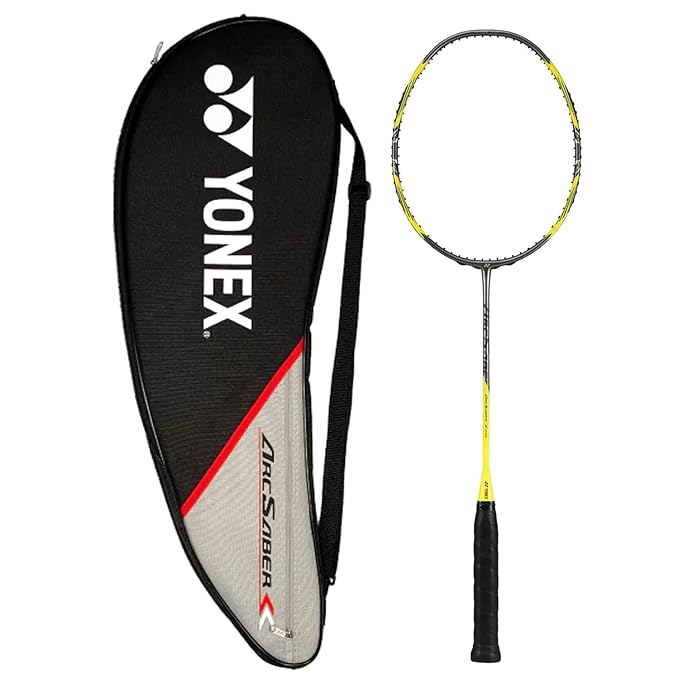For those unfamiliar with badminton or tennis, the two sports might appear quite similar at first glance. However, a closer look reveals that they differ significantly in almost every way.
The distinctions between badminton and tennis span several areas, including the playing environment, equipment, rules, scoring systems, and the variety of standard shots used. These differences lead to drastically different gameplay experiences, each requiring unique skill sets for success.
Where Are Badminton and Tennis Played?
Badminton is typically played in an indoor gym which is usually a warehouse or multipurpose gym with a high ceiling. Badminton is usually played indoors because wind will affect the gameplay heavily as the shuttlecock, which is the “ball” used in badminton, is very light. Because of this, all professional badminton matches are played indoors.
If you can’t access a badminton gym, badminton can indeed be played outdoors but be aware that the experience is much different since the court size, wind, and sun can affect the game play.
The Badminton World Federation (BWF), which is the leading authority for badminton, has recently announced a new outdoor set up to mimic the play of indoor badminton that they call Air Badminton. You can learn more about it here.
Tennis is typically played outdoors in a fenced off area to avoid the ball from bouncing too far away. You can usually find tennis courts at your local high school or tennis club. Since a tennis ball is much heavier than a badminton shuttlecock, wind does not affect the game play much. Tennis can also be played indoors to avoid the sunshine but it isn’t as crucial to play indoors as badminton is.
Equipment Needed for Badminton and Tennis?
The equipment required to play badminton include a racket per player, a single shuttlecock, a net, and a badminton court. If you haven’t seen a badminton racket before, you may think that it looks a bit funny. It’s a long and skinny racket that usually has a slim handle and ovalish racket head.
A shuttlecock, which is also known as a birdie, is used as the “ball” of the game. It’s usually made of either synthetic plastic or goose feathers but can also be made with duck feathers. Professional players exclusively use shuttlecocks made of goose feathers because they provide the most consistent flight.
The net is provided for you if you go to a badminton gym, but if you would like your own net to set up at home, you can find some badminton kits online.
If you would like to explore what badminton products are available, check out our page on Badminton Equipment. We compiled all of our equipment posts into one place where you can easily find what you need to start playing badminton.
Tennis, on the other hand, requires a racket per player, a tennis ball, and a tennis court. A tennis racket has a bigger grip and bigger racket face than a badminton racket has. The tennis racket’s shaft is quite thick and is quite sturdy.
This is largely due to the weight of the tennis ball which makes it require more force to hit it back at the opponent than a shuttlecock. A tennis ball is typically made from rubber and covered by felt and weighs around 58 grams (2 ounces) while a shuttlecock weighs 5.5 grams (0.2 ounces) – more than a 10 fold difference!
How Do You Win Points in Badminton and Tennis?
The main difference between badminton and tennis rules is that badminton does not allow for a bounce while tennis allows a single bounce before hitting the ball. While the gameplay is largely different, the rules for scoring a point are, for the most part, similar.
In badminton, a point is scored when:
the shuttlecock fails to land within the opponent’s boundaries (by hitting the shuttlecock into the net, into the same side of the court, or out of bounds)
the shuttlecock lands within the boundaries of the opponent’s court
a fault is called (touching the net or shuttlecock with your body, moving before your opponent serves, etc)
In tennis, a point is scored when:
the ball fails to land within the opponent’s boundaries on the first bounce
the ball bounces twice before the opponent strikes the ball
a fault is called (similar to badminton)
What’s the Scoring System in Badminton and Tennis?
Badminton, as of 2020, is scored using a rally scoring system with each game ending when a player reaches 21 points with at least a 2 point advantage. A game is won when a player has won 2 games out of a possible 3. A rally scoring system means that a point is awarded to a player no matter which player is serving. In contrast, badminton used to be played to 15 points where players can only score points if they were the ones who served.
The winner of a game must have a 2 point advantage over their opponents, meaning that if the score is 21 to 20, no player has won yet since there is only a 1 point advantage by the first player. However, the points are capped at 30, so whoever scores their 30th point will win even if there is only a 1 point advantage.
Tennis is scored using a rally scoring system as well. However, the rules for the scoring system is much more complex than badminton’s. To win, a player must win 2 out of 3 sets, where each set is won by winning 6 games – winning by at least 2 games. If the score is 6 games a piece, a tie breaker round is played, where the players continually play rallies until there is a 2 point difference. Once there is a 2 point difference, that player will be considered winner of that set.
In a game, scores are counted using 0 (also called love), 15, 30, 40, and game. If you win a rally, your score increments to the next score in the list (0 to 15, 15 to 30, 30 to 40, 40 to winning the game). If both players are at 40, the players must once again win by 2 rallies. Winning by 1 is indicated by the score with an “advantage” for a player, which is often denoted as “adv”.
What are the Standard Shots in Badminton and Tennis?
In badminton, there are 5 standard shots outside the serve. They are:
- Clear
- Drop
- Drive
- Smash
- Lift
A clear is a shot where the player hits the shuttlecock from one end of the court to the far side of the other court. It can be played very high, which is considered a defensive clear, so as to not allow the opponent to cut if off or it can be played lower, giving the opponent less time to react to the shot.
A drop shot places the shuttlecock close to the net and can be played from anywhere on the court. The purpose of the shot is to get the opponent to move and dig for the shot as well as to get the rally set up for a smash.
A drive is a flat shot that goes just above the net. Drives are typically very fast and are played from the mid to front court as both a defensive and offensive tactic.
A lift is a defensive shot that is typically performed from the front of the court by pushing the shuttlecock to the back of the court by hitting it high and far. Lifts are a common response to drop shots since the shuttlecock is close to the net, making it difficult to perform other shots that would hit downward.
A smash is a fast, downward shot that is typically aimed at the opponent’s middle to back court. The purpose of the smash is to put pressure or win the rally. It’s the most offensive shot out of the 5 standard shots and can be played in any position on the court as long as you can hit the shuttlecock downward.
Tennis has 4 standard shots outside the serve. They are:
- Drop
- Forehand/backhand ground strokes
- Lob
- Volley
A drop shot in tennis is pretty similar to that in badminton – it’s a shot that places the ball close to the net, making the opponent run in order to retrieve it.
The forehand/backhand ground strokes are the bread and butter in tennis. These are typically performed at the baselines of the court and attempt to keep the opponent far away from the net by hitting the ball flat and far into the opponent’s court. The badminton equivalent would be a drive.
A lob is a high shot that attempts to get the ball over the opponent and to the back of the court. The badminton equivalent would be a lift.
A volley is a shot where a player hits the tennis ball before it bounces on the ground. This shot is typically used near the front of the court to put pressure on the opponent and win the point.
Should I play Badminton or Tennis?
Both badminton and tennis have their merits and are great sports in their own rights – it all depends on what you’re looking for. Each sport tests the player’s cunning, fitness, and technique but tests them in very different ways. In badminton, there is a lot more vertical movement and jumping while tennis has a lot more horizontal movement.
Badminton requires more forearm strength while tennis requires more arm strength. Badminton’s racket movement is quicker and more subtle while tennis racket movements are big and wide.
we would suggest trying both the sports out and see which you like more.
Best Tennis Products
-
₹579.00Original price was: ₹579.00.₹495.00Current price is: ₹495.00. -

 10% Off + 5%*Select options This product has multiple variants. The options may be chosen on the product page
10% Off + 5%*Select options This product has multiple variants. The options may be chosen on the product page₹799.00Original price was: ₹799.00.₹719.00Current price is: ₹719.00. -

 32% Off + 5%*Select options This product has multiple variants. The options may be chosen on the product page
32% Off + 5%*Select options This product has multiple variants. The options may be chosen on the product page₹37,999.00Original price was: ₹37,999.00.₹25,899.00Current price is: ₹25,899.00. -
₹1,420.00Original price was: ₹1,420.00.₹700.00Current price is: ₹700.00. -
 35% Off + 5%*Select options This product has multiple variants. The options may be chosen on the product page
35% Off + 5%*Select options This product has multiple variants. The options may be chosen on the product page₹13,499.00Original price was: ₹13,499.00.₹8,770.00Current price is: ₹8,770.00. -
₹16,800.00Original price was: ₹16,800.00.₹8,700.00Current price is: ₹8,700.00.
Best Badminton Products
-
₹6,590.00Original price was: ₹6,590.00.₹3,900.00Current price is: ₹3,900.00. -

 10% Off + 5%*Select options This product has multiple variants. The options may be chosen on the product page
10% Off + 5%*Select options This product has multiple variants. The options may be chosen on the product page₹1,250.00Original price was: ₹1,250.00.₹1,125.00Current price is: ₹1,125.00. -
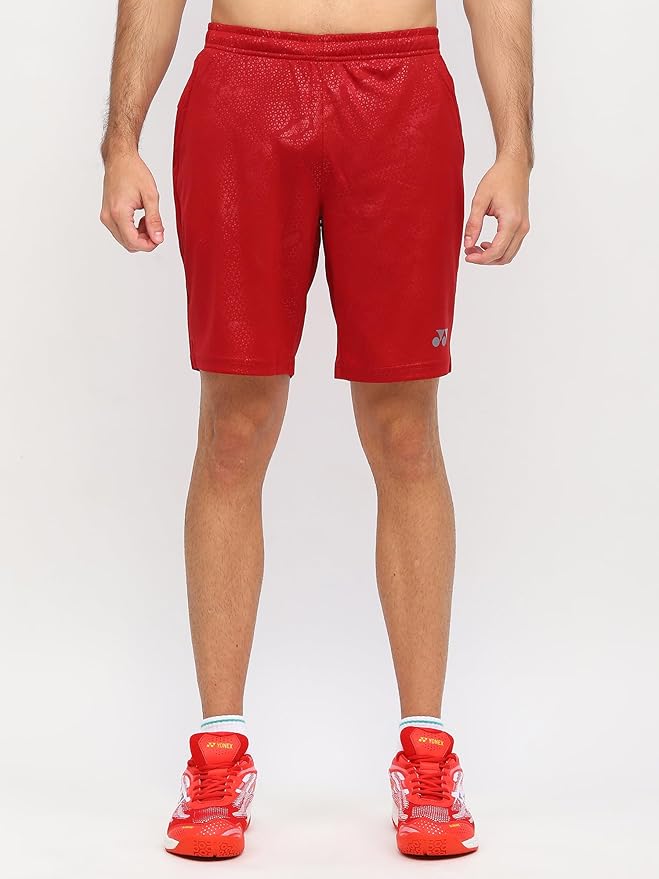
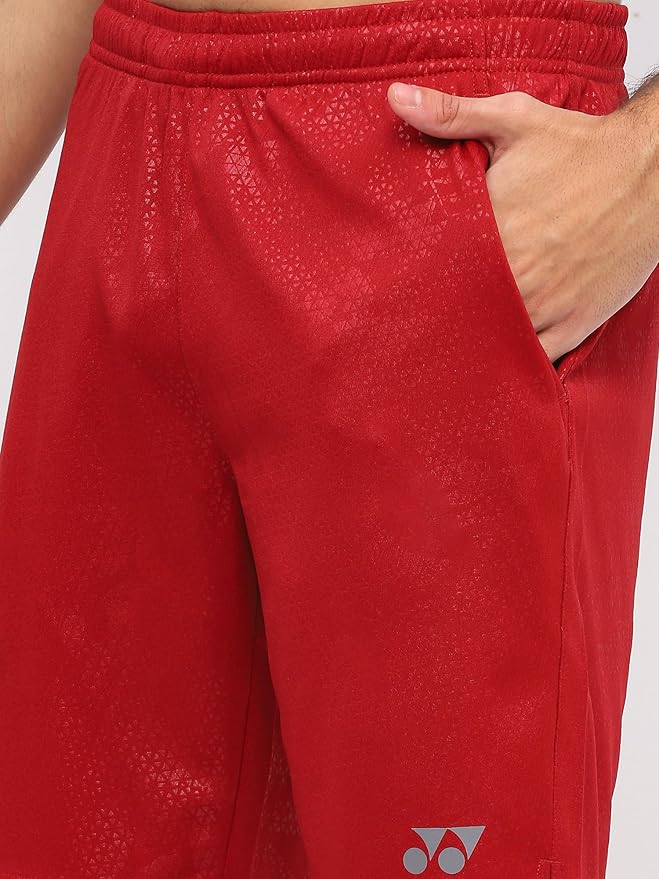 20% Off + 5%*Select options This product has multiple variants. The options may be chosen on the product page
20% Off + 5%*Select options This product has multiple variants. The options may be chosen on the product page₹1,490.00Original price was: ₹1,490.00.₹1,199.00Current price is: ₹1,199.00. -
₹3,590.00Original price was: ₹3,590.00.₹2,299.00Current price is: ₹2,299.00. -
₹21,790.00Original price was: ₹21,790.00.₹11,700.00Current price is: ₹11,700.00.
Conclusion
Badminton and tennis may appear similar at first glance, but they are fundamentally different in almost every aspect. From the playing environment and equipment to the rules and scoring systems, each sport offers a unique experience that requires a distinct set of skills.
Whether you prefer the rapid pace and agility demanded by badminton or the strategic power play in tennis, both sports provide a challenging and enjoyable way to stay active.
Understanding the differences between them can help you appreciate each sport’s unique qualities and perhaps even inspire you to try your hand at both.
FAQs for Badminton and Tennis Comparison
Can you play badminton and tennis on the same court?
- No, badminton and tennis courts are different in size, markings, and net height. Badminton is typically played on a smaller, indoor court, while tennis requires a larger outdoor court.
Which sport is more physically demanding, badminton or tennis?
- Both sports are physically demanding but in different ways. Badminton requires quick reflexes, agility, and explosive movements, while tennis demands endurance, power, and strategic thinking.
Is it easier to learn badminton or tennis?
- This depends on your background and physical abilities. Badminton is often seen as easier to pick up for beginners due to its lighter equipment and smaller court, but mastering the sport can be just as challenging as tennis.
What is the average duration of a badminton and a tennis match?
- A professional badminton match typically lasts 40-60 minutes, while a tennis match can range from 1 to 4 hours, depending on the number of sets played and the level of competition.
Can badminton be played outdoors like tennis?
- While badminton is usually played indoors to avoid wind interference, it can be played outdoors with modifications. However, the experience is quite different, and the introduction of Air Badminton aims to make outdoor play more consistent.

